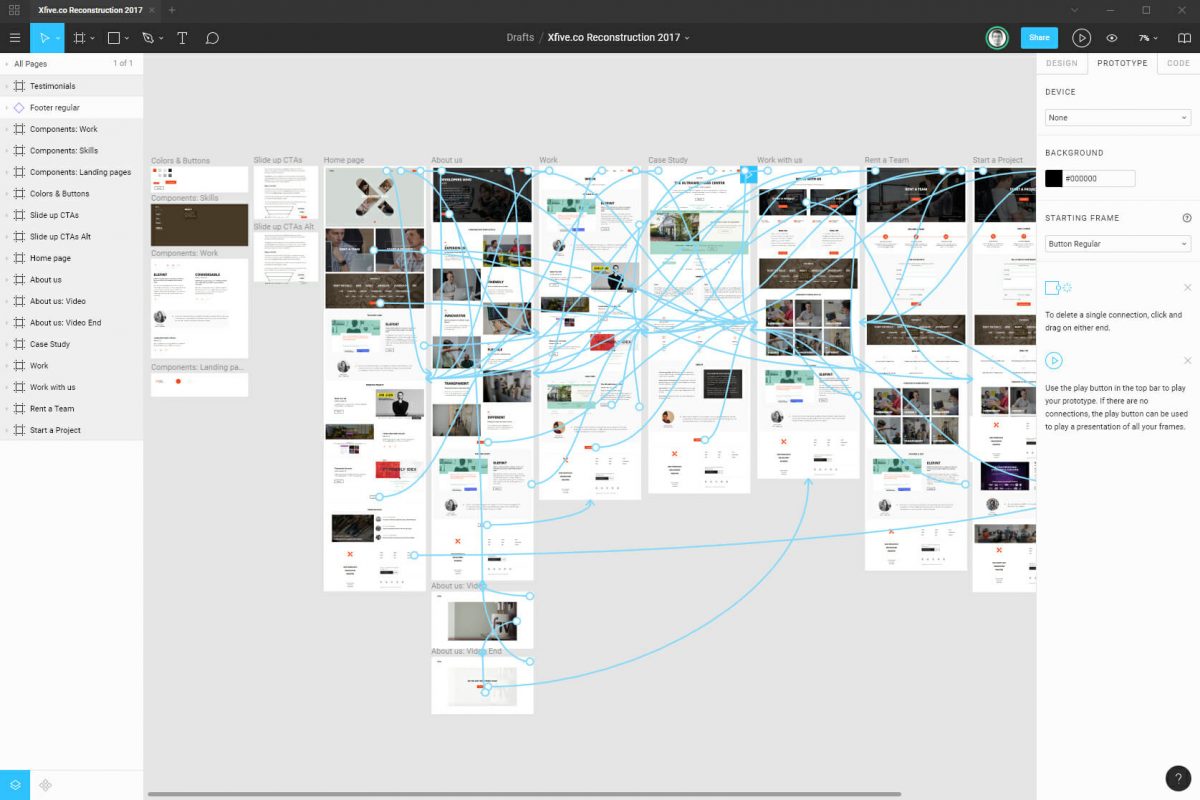

- #BEST FREE WIREFRAME TOOLS 2019 UPDATE#
- #BEST FREE WIREFRAME TOOLS 2019 SOFTWARE#
- #BEST FREE WIREFRAME TOOLS 2019 OFFLINE#
10 Best Wireframing Apps for Professionals
#BEST FREE WIREFRAME TOOLS 2019 SOFTWARE#
For your initial diagrams done right, choose a software that’s user-friendly and minimalistic, allows collaboration between team members and clients, has high usability, and doesn’t cost a fortune. Successful wireframing can bridge the creative gap between the ideas and the final app, all while saving time, energy, and financial resources in the long run.Īnd for that to happen, you need the right wireframe tool by your side. They categorically are, but even with the benefits explained and demonstrated, a wireframing step is still sometimes (frequently, depending on the season) discarded.While it is the first step in the overall designing process, it is certainly the most important one too. The other problem is that management hears the customer angst, and sees the time we spend on wireframes, and then decides that they're not useful after all. (Yes, we separate UI/UX from aesthetic design.UU is for the layout, functionality, and usability, while aesthetic design is just that.the graphic designer applying all the fonts and colors and brand assets to the skeleton. When we don't do wireframes, the process takes longer overall, has more rounds of revision, and UI/UX, design, and front-end development usually has disparities. They understand what wireframes are, and why we've done them, but they don't like them, despite the fact that they actually save them both time and money. There are no items that get introduced during the design phase, there's no question of where things go, design takes less time.but yeah, the actual customers don't "get" it. Every project that we actually do include wireframes for, the client responds "I need to see this as a mockup." The problem is that despite client frustration, it actually makes our entire workflow much smoother. Our clients seem to nearly universally lack the ability to imagine or abstractly visualize things. You can easily start a library of wireframing elements that you'd even be able to use across projects. In that case, I would use Sketch and Invision.
#BEST FREE WIREFRAME TOOLS 2019 OFFLINE#
I'd like something that works offline on a Mac and either has pre-loaded page elements, or has a good library that can be imported. I need to keep working on both software (or start learning new ones, like Principle or Figma) so I still have the ability to create complex stuff. My main problem is that I'm slowly losing my Sketch and Axure skills.

If, and only if, I need to show something complex, like an animation, a transition… I'll use Sketch for simple prototypes and Axure for complex ones. Clients actually like the style and the fact that I can draw their idea during the meeting and show it to them at the end for validation. It feels… effortless to draw stuff using a pen. Nowadays… I use Paper by 53, a iPad app for drawing, for low-fidelity wireframes. (In hindsight, I wholeheartedly agree with them, I'd do the same). But they deleted my work and started from a blank page because having stuff already done hindered their creativity.
#BEST FREE WIREFRAME TOOLS 2019 UPDATE#
sketch file to the UI for high fidelity, thinking "it's the same file and I use symbols and everything, they just have to update my black-and-white design". Then I used Sketch for low-fidelity and gave the. When you are meeting with important people whose time is limited, even cutting 1 rabbit-trail "graphic design" question out of a 1-hour meeting can be critical because in some situations with clients, every minute counts.Ī few years ago, I used Axure for low-fidelity wireframing, and then UI designers (I'm only UX) would do the high-fidelity pixel perfect screens.Īxure is very powerful but quite complex, and the lack of keyboard shortcuts makes me unhappy. NOBODY (meaning VPs) ever get confused about if we are showing them content ideas or design ideas. It feels dated and a little left behind, but we love it for simplicity, and use it primarily for BI dashboard designs and UX for Fortune 500 type clients. But the built in limitations of Balsamiq make it a no brainer. Any tool that forces designers to do one step at a time is great. The HARD separation between content/ux and graphic design is so critical. What's great about Balsamiq is that it forces the designer to think content and flow ONLY, and doesn't entice the questions that seem to come up in every other tool like "Is that what it's going to look like?" "That's not our approved colors" "Has marketing seen this?" "Can I have a copy to, you know, just socialize".


 0 kommentar(er)
0 kommentar(er)
